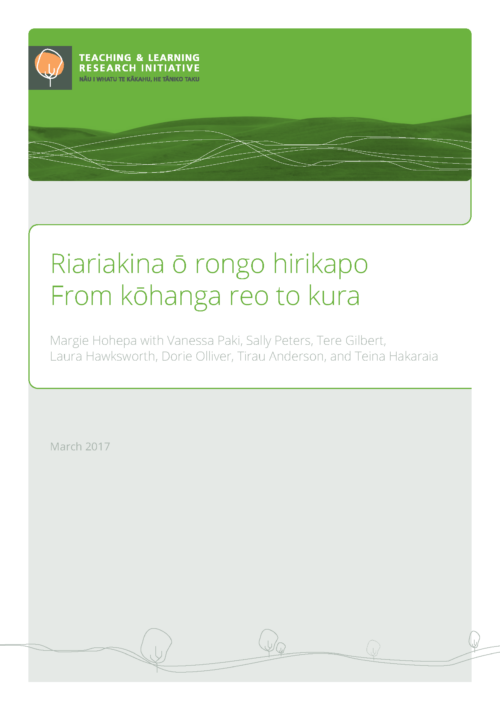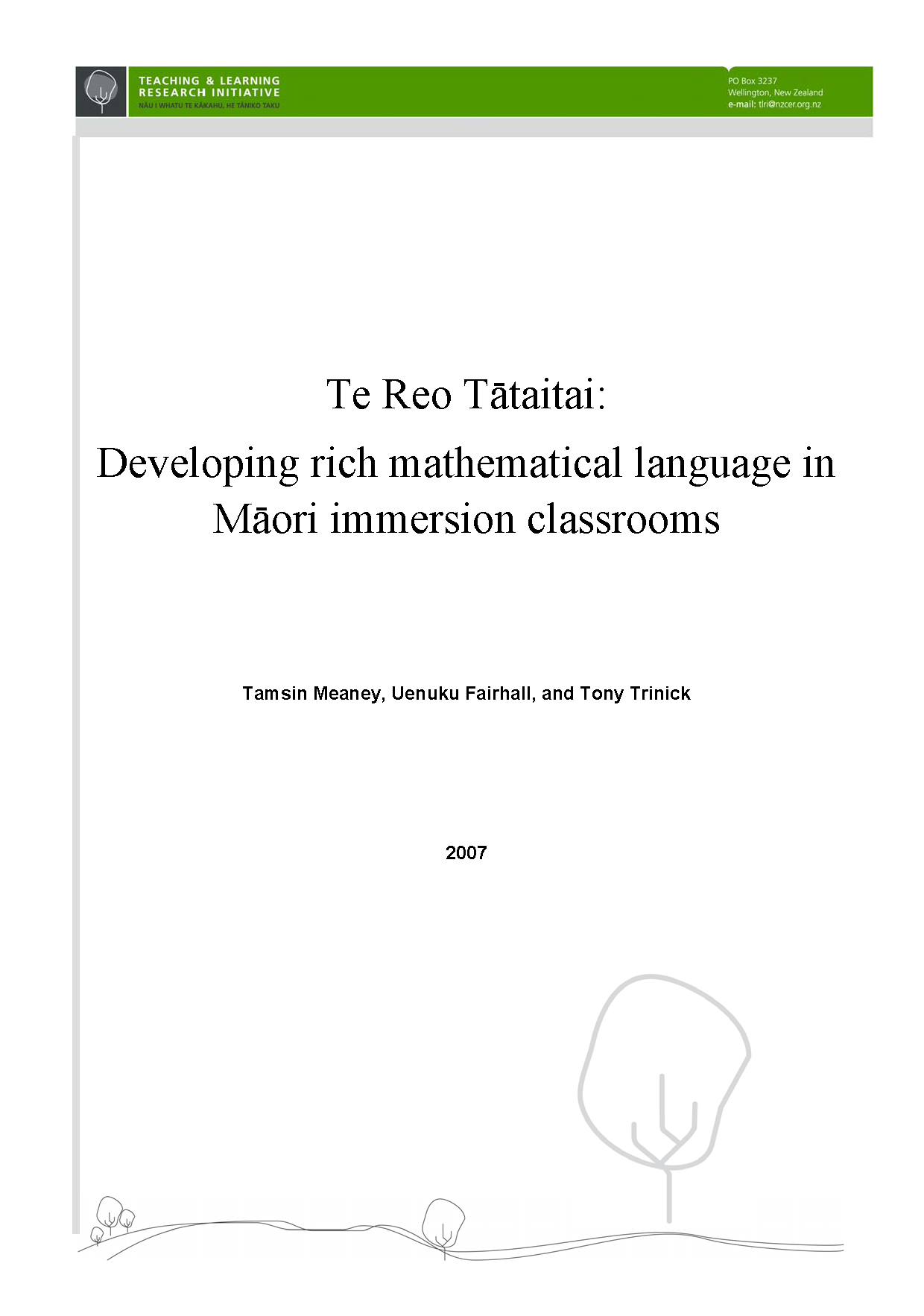
Riariakina ō rongo hirikapo – From kōhanga reo to kura
Introduction Ko te kaupapa tonu, ko te whakatupu i te mahara o te hirikapo kia tiu ai ki te muri, arā, kia puta he whakaaro i pokepokengia nō roto tonu i ngā whakahekenga kāwai o ngā tūpuna o te tamaiti, kua maranga te wā e kaumātua haere ana te tamaiti, ngōna kanohi kua huaki, ngōna taringa kua pīkari, ngā whakaaro kua korikori, tōna wairua hīkaka kua ngawhā, ngērā kaupapa katoa o te tamaiti i taua wā o te tupu. Mā tēnei kōrero hoki hei kawe te taonga o te rongo hirikapo, arā, ngā whakaaro, ngā mahara, nāna ko te waha, nā te waha ko te kupu kōrero e makere iho ai


